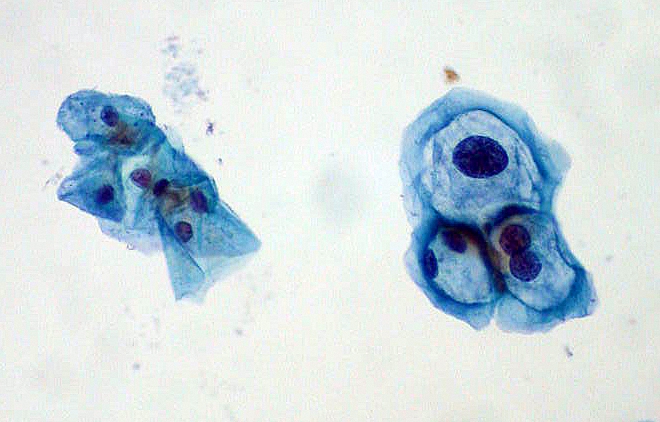Code 276.6 denials will plague you unless you’ve got the code’s expansion details.
Come October 1, you must be ready to report the new and changed 2011 ICD-9 codes. Now that CMS has finalized the update, you can get a jump start on the changes.
Add Detail to Fluid Overload
Starting in October, you’ll need to code with a higher degree of specificity when it comes to reporting fluid overload.
2010’s 276.6 (Fluid overload) category will expand to include the following:
- 276.61 — Transfusion associated circulatory overload
- 276.69 — Other fluid overload.
Transfusion-associated circulatory overload (TACO), a heart-related condition, “is a circulatory overload following transfusion of blood or blood components,” said Mikhail Menis, PharmD, MS, of the FDA CBER, who presented the proposal for this change at the September 2009 ICD-9-CM Coordination and Maintenance Committee meeting.
The patient may experience “acute respiratory distress, increased blood pressure, pulmonary edema secondary to congestive heart failure, positive fluid balance, etc., during or within 6 hours of transfusion.”
The new code 276.69 includes fluid retention. Another related addition at 782.3 (Edema) excludes fluid retention.
Define Post-Traumatic Seizures
Post-traumatic seizures are acute, symptomatic seizures following a head injury. In a Centers for Disease Control & Prevention release, the ICD-9-CM Coordination and Maintenance Committee explains that “a unique code for this type of seizure is important because these patients need to be followed for treatment as well as prognostic and epidemiologic considerations.”
Result: The creation of 780.33 (Post traumatic seizures) will further specify this type of seizure. Currently, you must look to the 780.3x (Convulsions) subcategory in order to report a patient’s symptoms.
As with other kinds of seizures, post-traumatic seizures may not occur until weeks or months after the injury, when the seizure may be considered a late effect of the...





 Check out V13.65 for corrected congenital heart malformations.
Check out V13.65 for corrected congenital heart malformations. When a patient returns to your office for a repeat Pap smear, you’ve got to weigh your options of E/M and specimen handling codes, as well as diagnosis codes. Take this challenge to see how you fare and prevent payment from slipping through your fingers.
When a patient returns to your office for a repeat Pap smear, you’ve got to weigh your options of E/M and specimen handling codes, as well as diagnosis codes. Take this challenge to see how you fare and prevent payment from slipping through your fingers. Say goodbye to form 4010A1 for ICD codes as well, starting in 2012.
Say goodbye to form 4010A1 for ICD codes as well, starting in 2012.